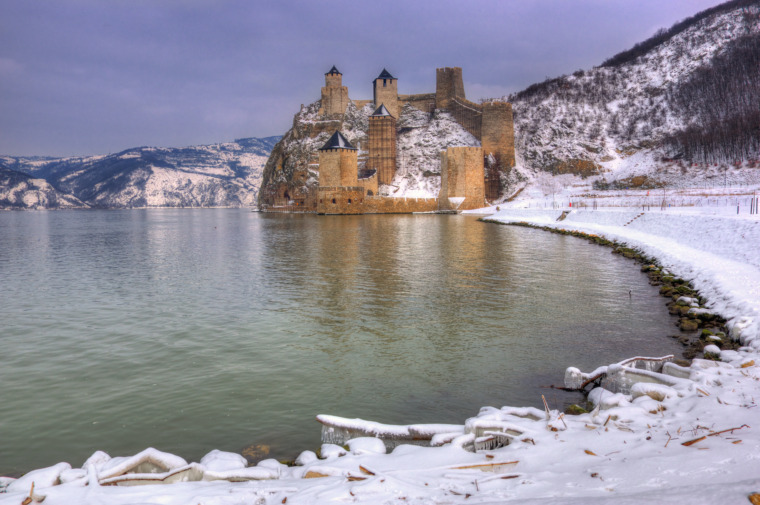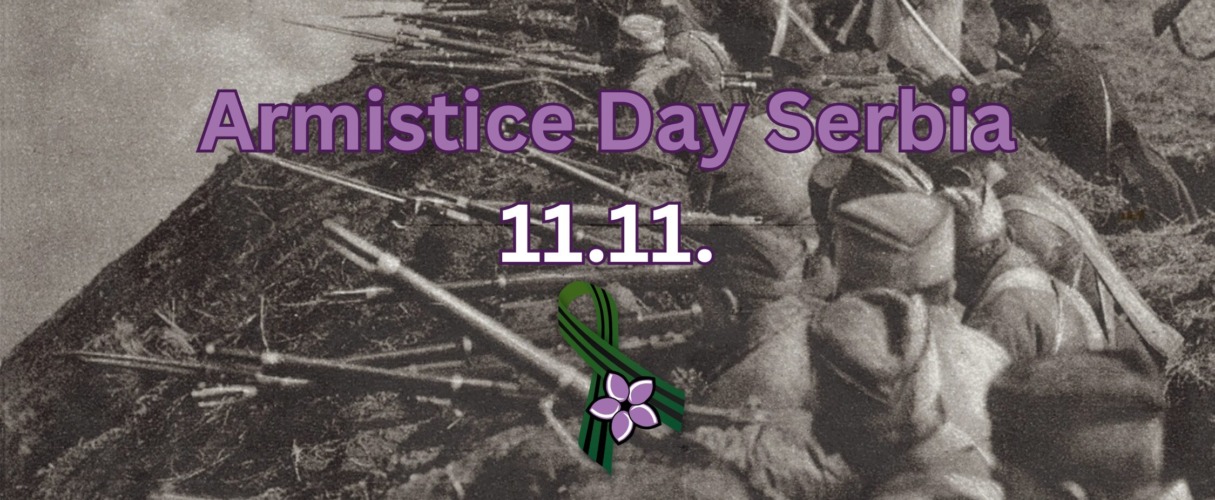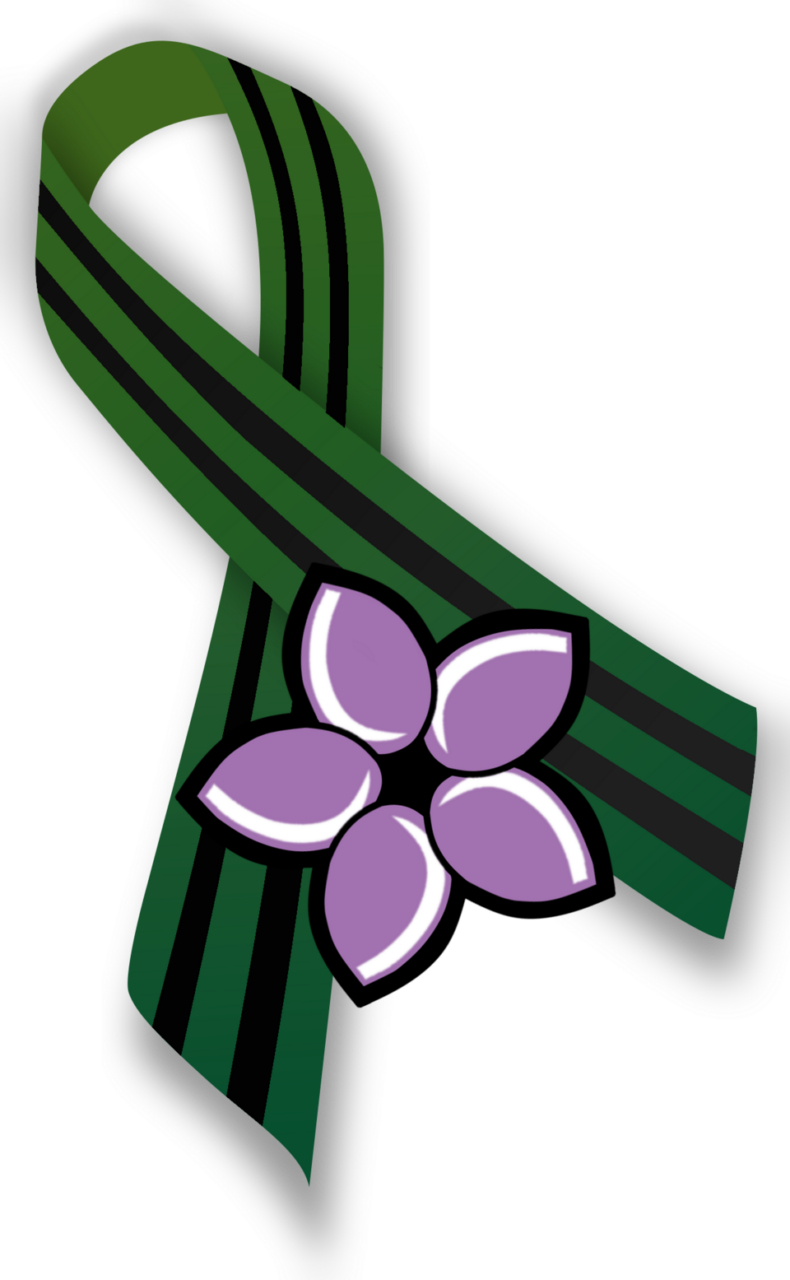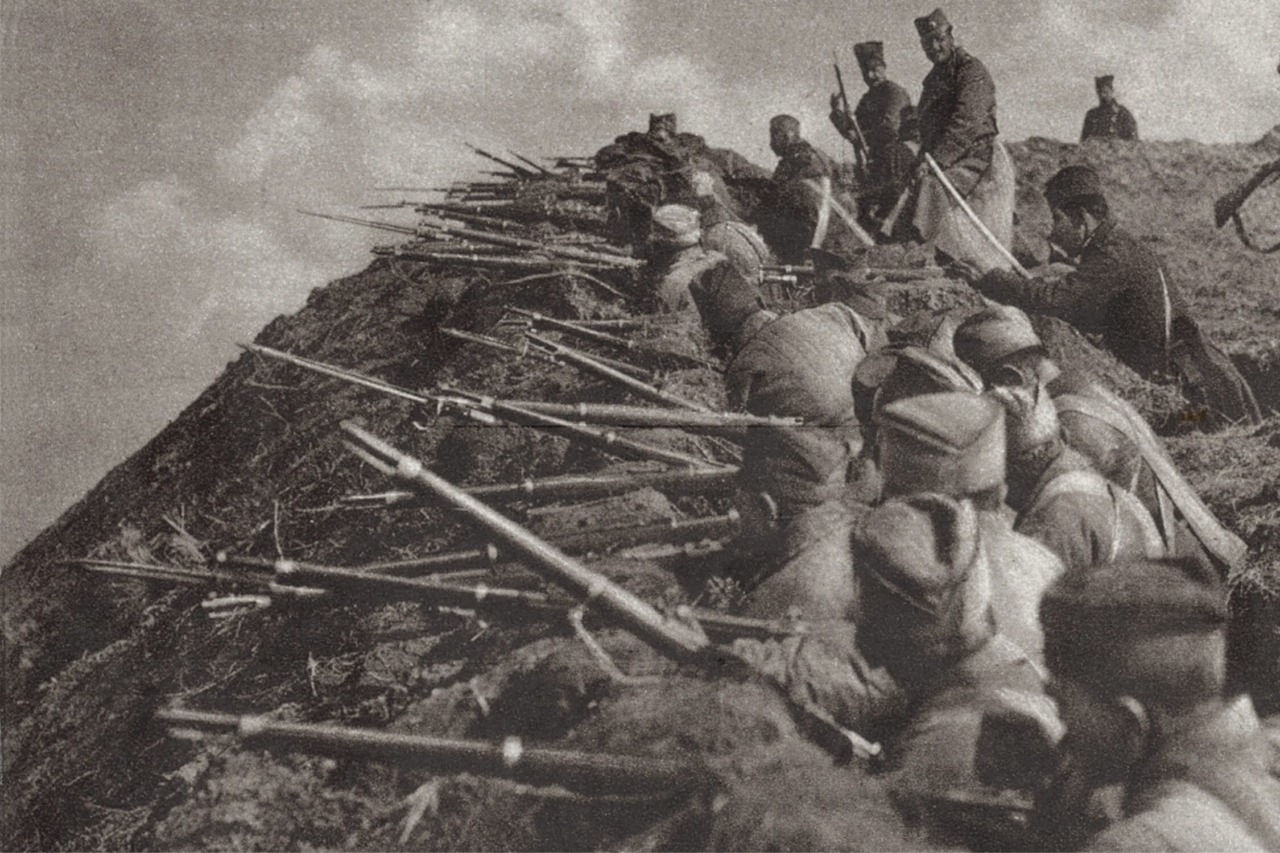

Like many countries around the world, Serbia marks Armistice Day on November 11, commemorating the signing of the armistice between the Allies and Germany in 1918 in a railway carriage in Compiègne, France. This event ended the hostilities on the Western Front and symbolically marked the end of one of the bloodiest conflicts in human history.
For Serbia, this date holds a deep national and emotional significance. During the First World War, Serbia suffered immense losses — over one-quarter of its population perished, including countless civilians. Yet, the country emerged as a victorious nation, forever engraved in history as one that defended freedom and dignity at an immeasurable cost.
Natalija’s Ramonda – The Flower of Resurrection
The official symbol of Armistice Day in Serbia is the Natalija’s Ramonda flower, also known as the “Phoenix flower” because of its unique ability to revive after complete withering. This rare plant grows on rocky cliffs, mostly in southeastern Serbia, and symbolizes the revival of the Serbian nation and state after the immense suffering endured during the Great War.

It was named after Queen Natalija Obrenović, and its remarkable ability to “come back to life” represents Serbia’s rebirth after the Albanian retreat and the triumph on the Salonika Front.
The flower is worn with a ribbon in the colors of the Serbian flag – red, blue, and white – arranged in the shape of the letter “V,” which stands for Victory.
How Serbia Commemorates Armistice Day
Armistice Day became a public holiday in Serbia in 2012 and is marked by state ceremonies, wreath-laying, and moments of silence in memory of all who fell between 1912 and 1918.
The main state ceremony takes place in Belgrade, at the New Cemetery near the Memorial Ossuary to the Defenders of Belgrade, as well as at the Monument to the Unknown Hero on Avala.
High-ranking state officials, diplomats, and military representatives lay wreaths and pay tribute to the fallen heroes.
Across the country, schools, cultural institutions, and organizations hold remembrance lessons, exhibitions, and educational programs. Citizens wear the Natalija’s Ramonda flower on their lapels as a sign of respect and remembrance for those who gave their lives for freedom.
A Day of Memory and Pride
Armistice Day is not just a historical date – it is a day of national pride and gratitude.
It reminds us that freedom was never easily earned, but paid for with courage, sacrifice, and unwavering faith.

The Natalija’s Ramonda thus stands as more than a symbol – it is a living reminder of endurance, rebirth, and eternal remembrance, just like the Serbian people it represents.
Read more about Serbia in WWI here.
Related Articles


Tourist Holiday Guide to Serbia: Tips, Traditions & What to Expect
December 20, 2025
Snow-Free Serbia Travel Ideas for 2026
December 17, 2025
What to Do with Kids in Serbia: Family-Friendly Holiday Ideas
December 14, 2025





